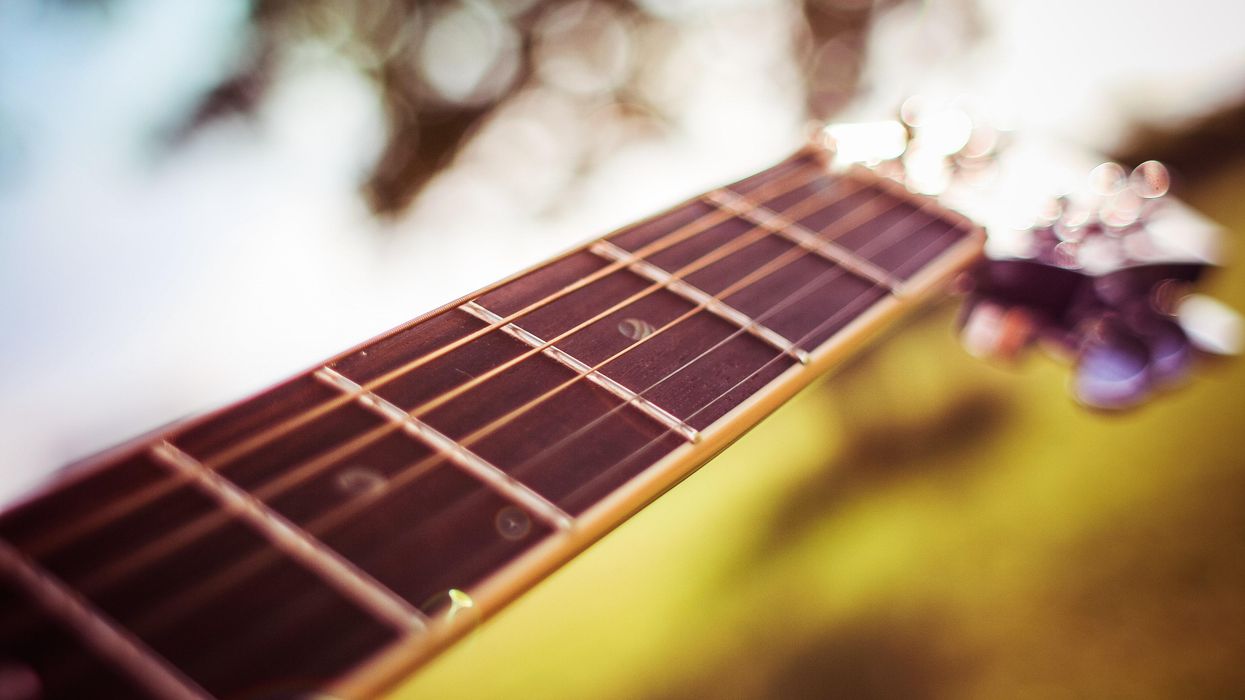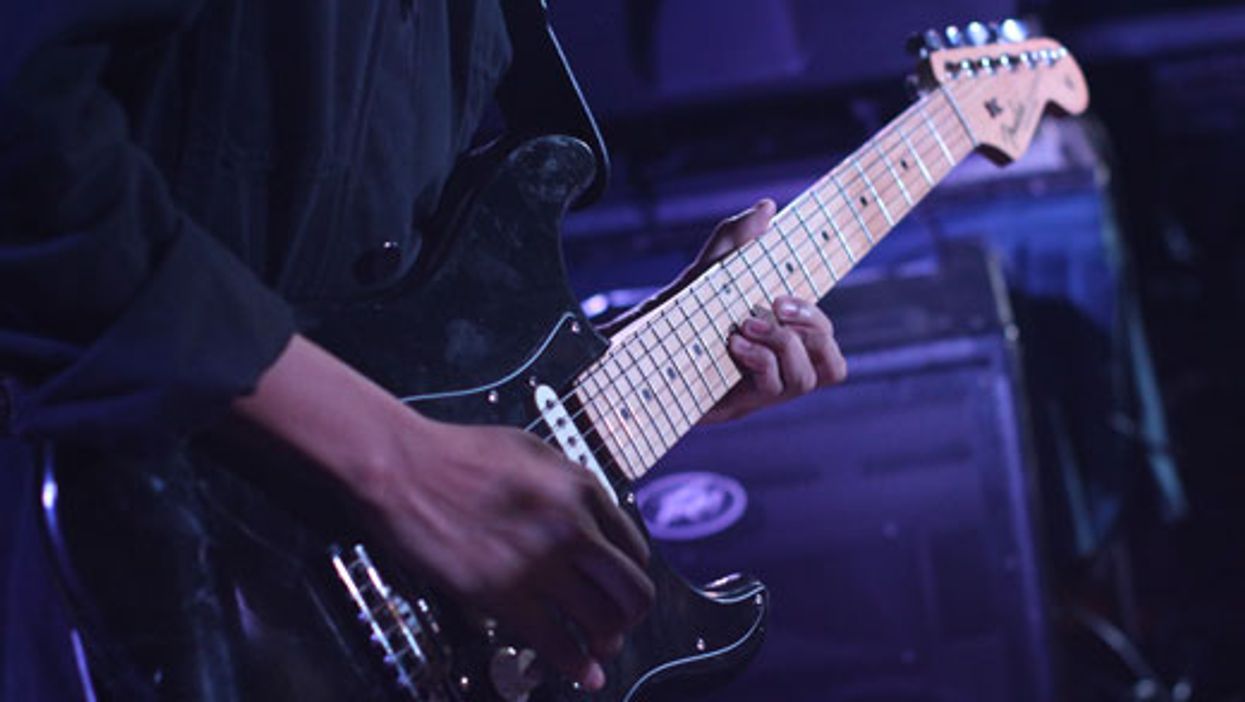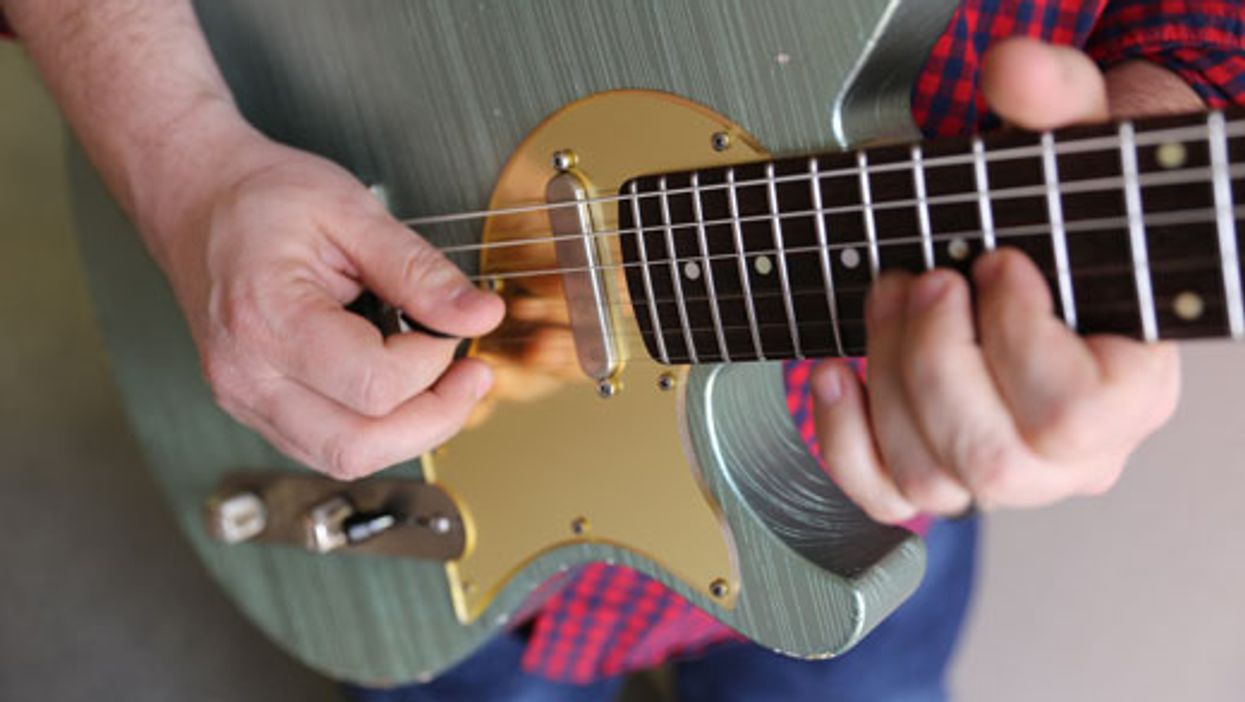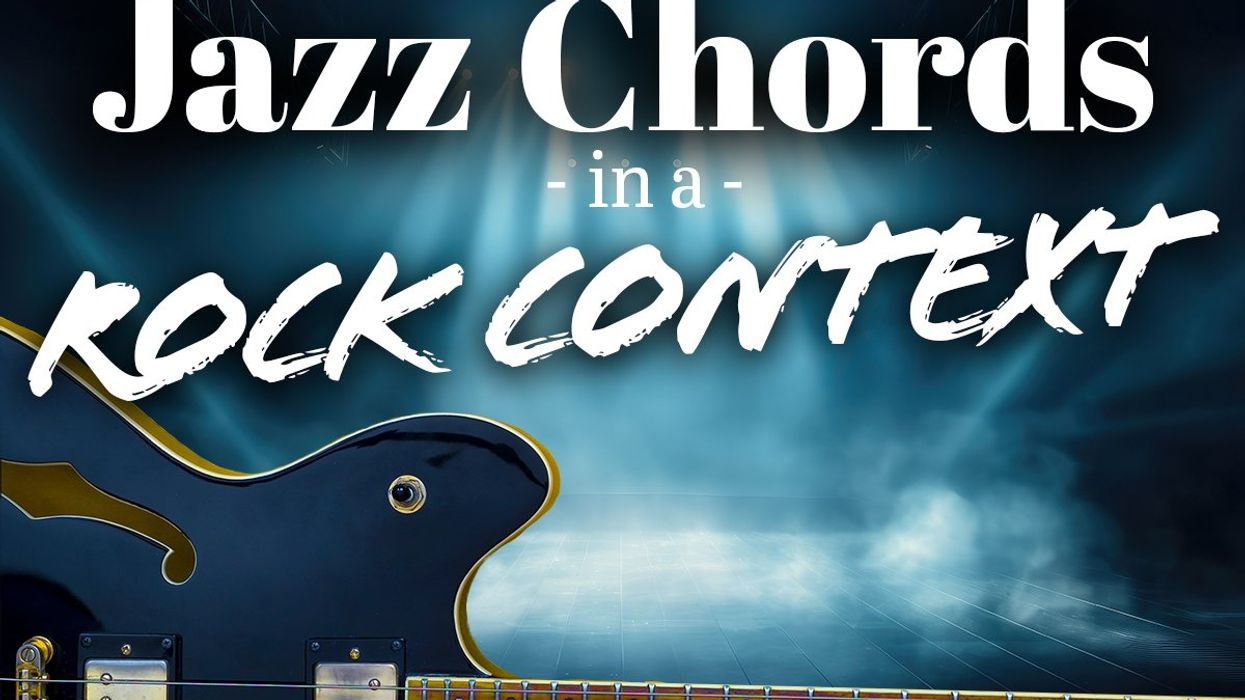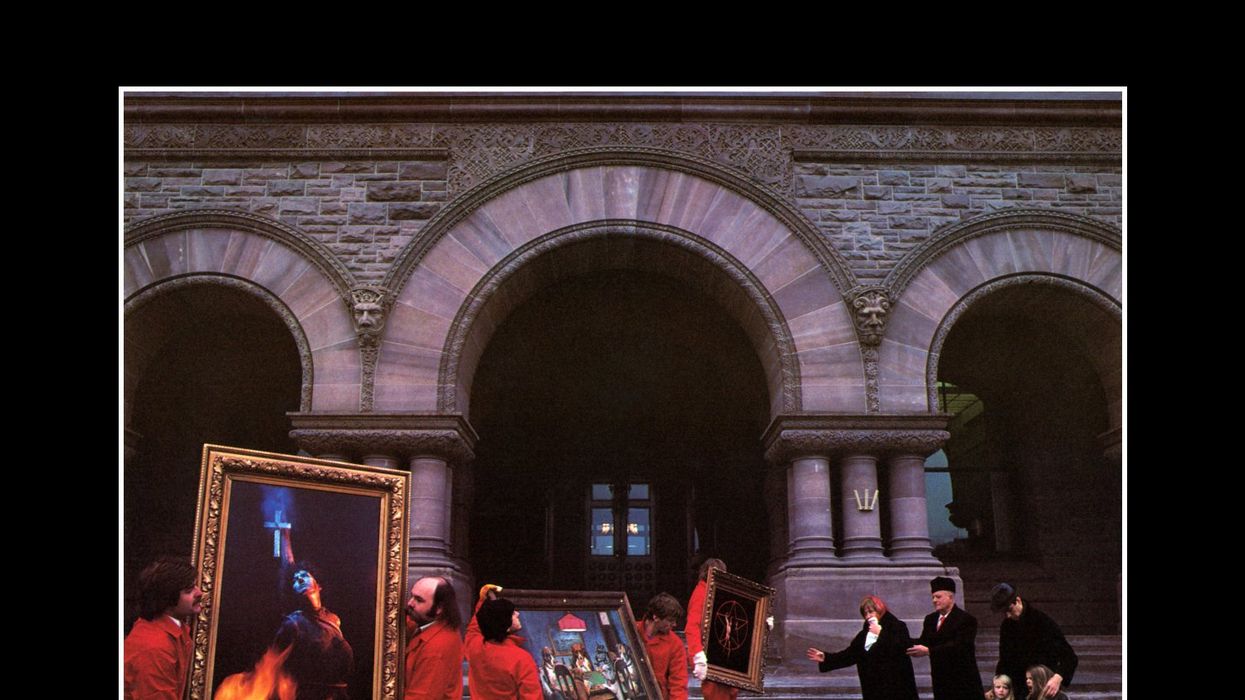Likely the first melodic device any improvising musician learns is the pentatonic scale. It’s a simple pattern to learn on guitar, it’s easy to play, and it always sounds “correct.” It contains mostly the “good” notes and usually you don’t need to think too much about which notes to avoid. What’s not to love? After a while, however, a certain sameness begins to emerge, and one begins to wonder, “Is there something more here?” Well, it has much more to offer than what you see on the surface.
How do you play a pentatonic scale?
One of the first shapes that guitarists learn when starting to explore the pentatonic scale is the ubiquitous box in Ex. 1. And why not? It’s a simple pattern to memorize, it’s easy to play, and you can get musical sounding results almost immediately. In fact, if you play these notes in just about any order, play in time, and exercise some logical phrasing, you can’t really mess it up.
There is a wealth of guitar vocabulary in this simple device. Eric Johnson, Eric Clapton, Eric Gales, and other legendary guitarists not named Eric have demonstrated this for decades. However, the two-note-per-string nature of the pattern can limit your phrasing. Let’s dive into a few simple things we can do to inject some articulations into an otherwise choppy march across the fretboard.
This isn’t a “Stop doing this and start doing that” proposition but rather a supplement to your bag of badassery that you’ve accumulated. Let’s remap some of the notes found in Ex. 1 to other strings to elongate the scale along the neck rather than simply march across it (Ex. 2).
Notice that we alternate between two notes on a string and three notes on a string. Add some strategic slides into the mix and our little fretboard square dance gets a welcome dose of swagger. Naturally, we will need to practice this descending pattern (Ex. 3) as well. These fingerings have a certain hipness that the box lacks.
Ex. 4 features a nice blues gesture that exemplifies the articulations that this fingering invites. Judicious use of bends, slides, hammer-ons, and pull-offs make the magic happen.
Double-Stop the Presses
The slippery fourths found on adjacent strings combined with an eighth-note delay summon an early ’80s funk/pop feeling. Play Ex. 5 with long legato notes and have a glass of chardonnay on hand for a funky smooth-jazz vibe.
Two often-used tricks are the sliding fourths/hammer-on double-stop phrases in Ex. 6. Once again, it’s the strategic use of slides, hammer-ons, and pull-offs that make the slinky goodness happen. These tasty double-stop licks are useful chordal accents in your solos or R&B-style rhythm parts. Even though Ex. 6 is a bucket of pentatonic scale phrases over a I–VIm–IIm–V chord progression, the double-stops provide a harmonically informed sound. Think Mateus Asato, Stevie Ray Vaughan, or Jimi Hendrix.
Get Louder … Without Turning Up
Did you know that two notes are louder than one? How ’bout that? Next time you’re playing at your local blues jam and the well-intentioned but way-too-loud rhythm player tempts you to turn up your amp, don’t do it. You’ll just add to the problem. Instead try some double-stops (Ex. 7). It transforms otherwise basic melodies into majestic, purposeful, and yes, louder statements without adding to a never-ending volume war.
Peace, Love, and Understanding
Play some nice rhythm guitar without banging out all those barre chords. Yes, barre chords are useful but sometimes it’s just way too much. Guitarists already have to deal with the stigma of being eye-rolling loud. Why is that? The bottom portion of the chord (the power chord part) is an essential sound if you’re in a rock band. But in a blues, R&B, jazz, or country setting, it can sound muddy (and kinda stupid). The low-register notes are getting in your bass player’s way and the keyboard player, by default, is already annoyed at you. Let’s be friends with these folks and sound better in the process.
Reimagining the pentatonic box will add depth and vibe to your playing. And using smaller double-stops versus banging out giant fists-full of notes not only tends to make the band sound better but they’re easier to play too. As a bonus you just may find that your solos sound fuller and more interesting. Don’t forget to acknowledge the perceptive audience that applauds your tasty masterpiece.


